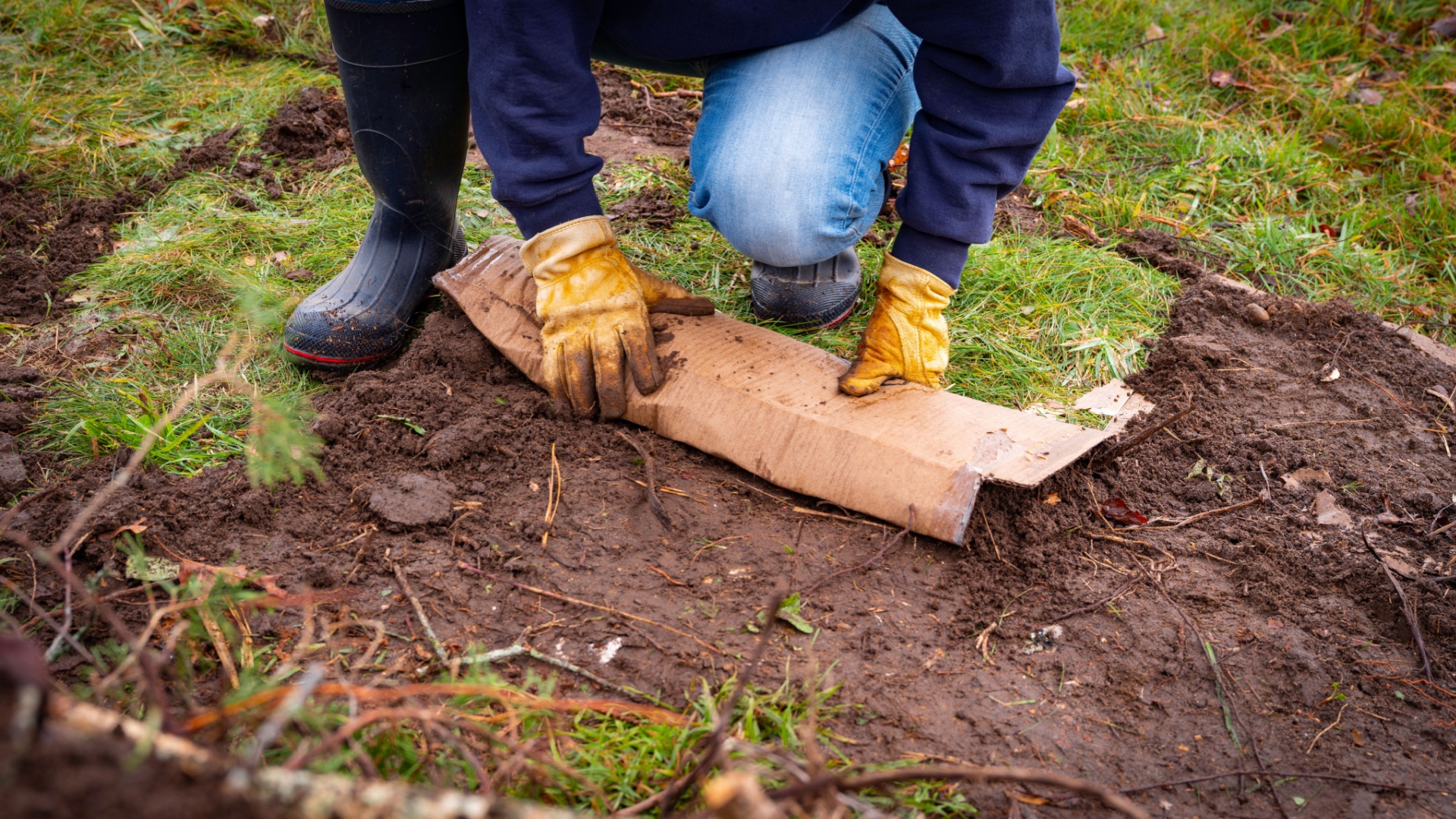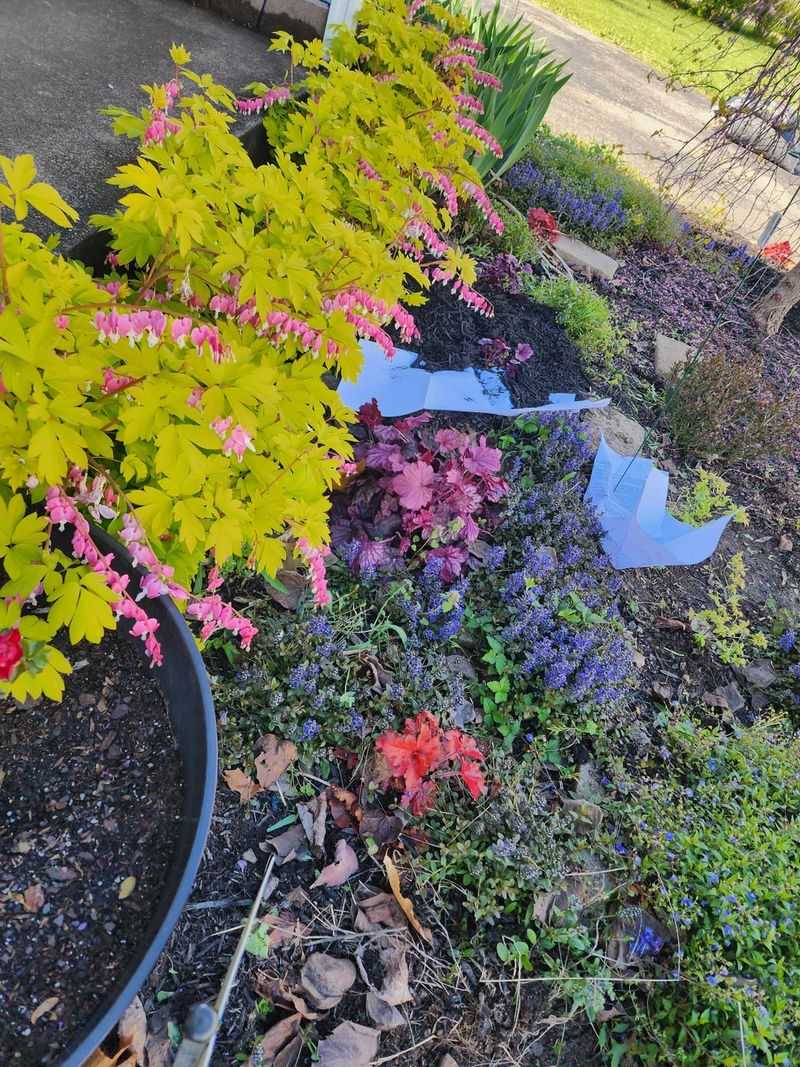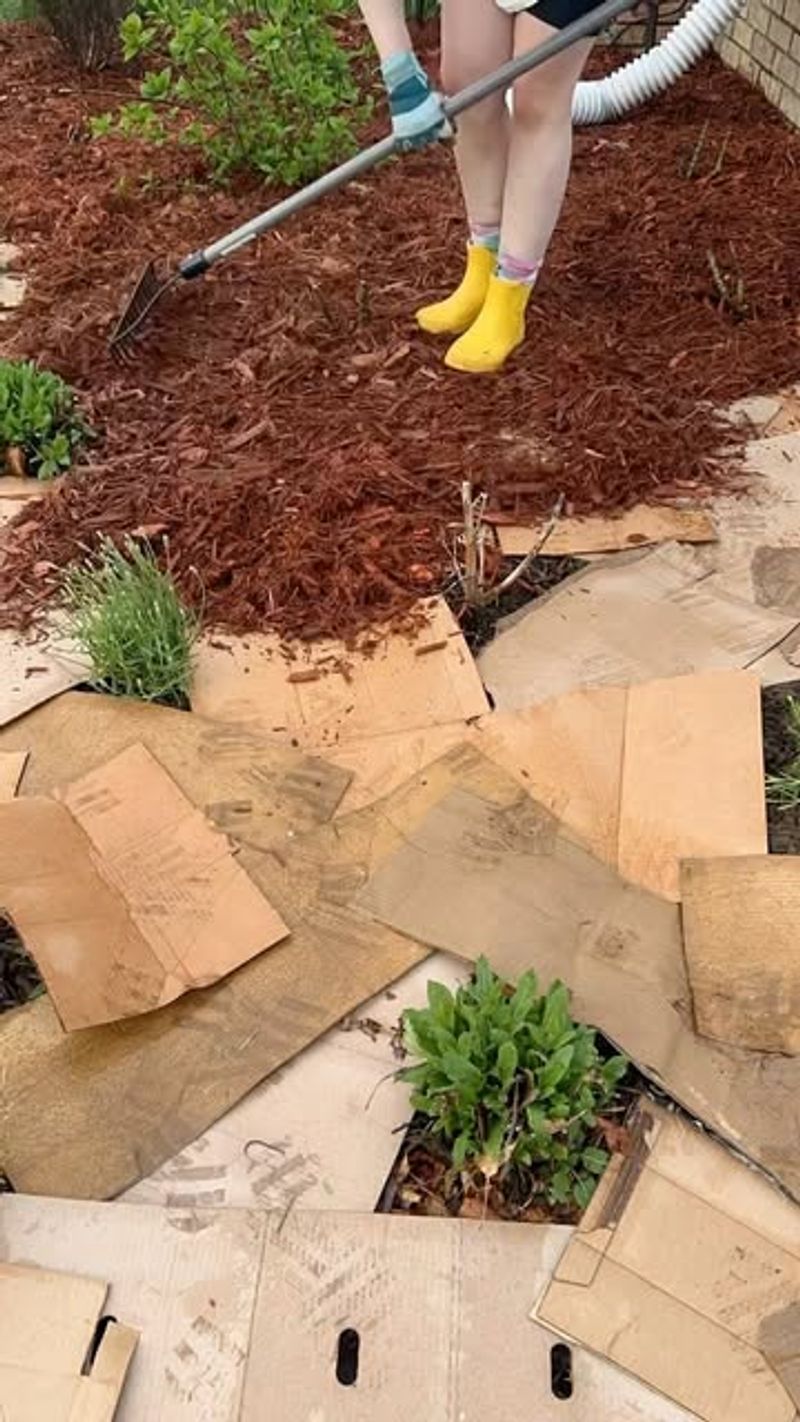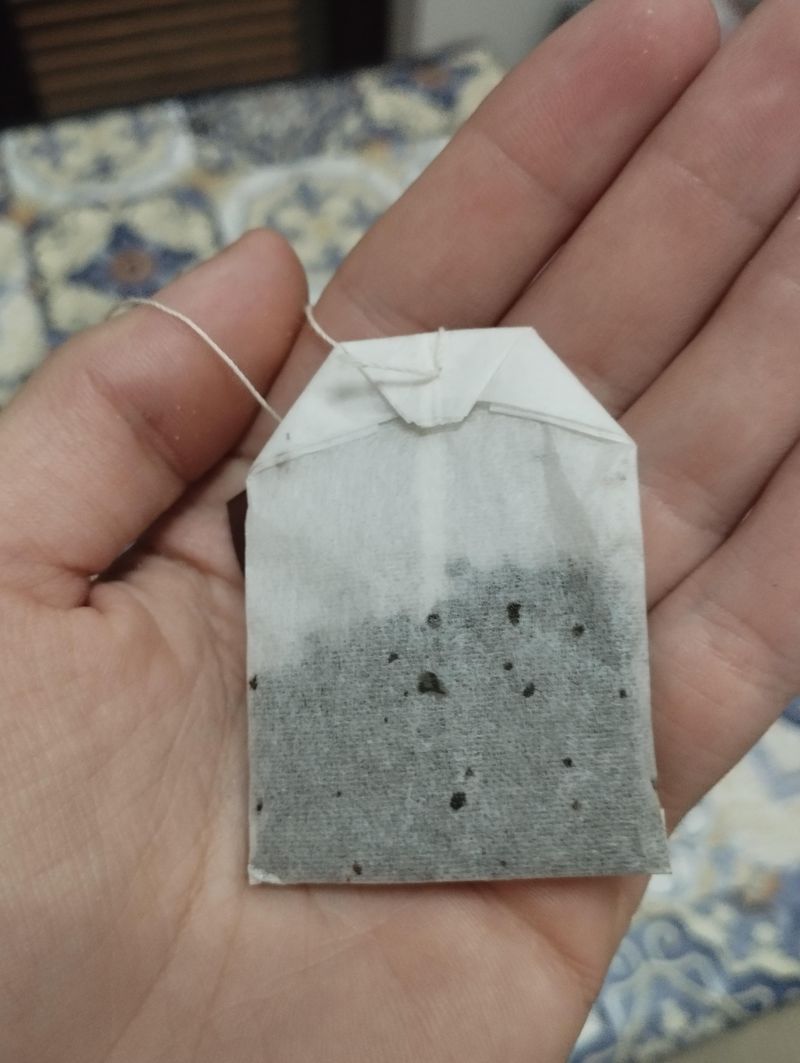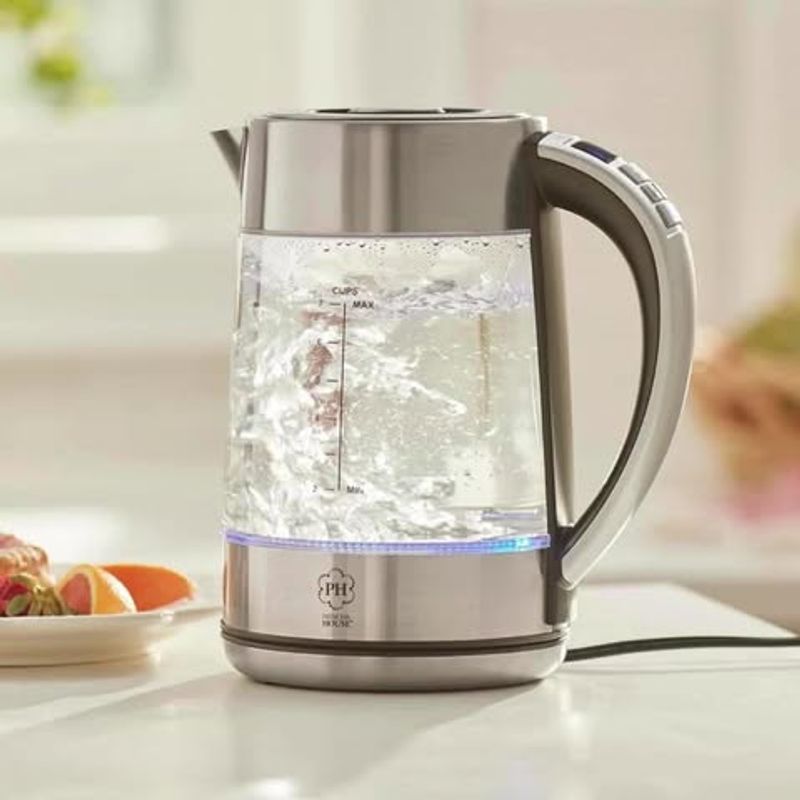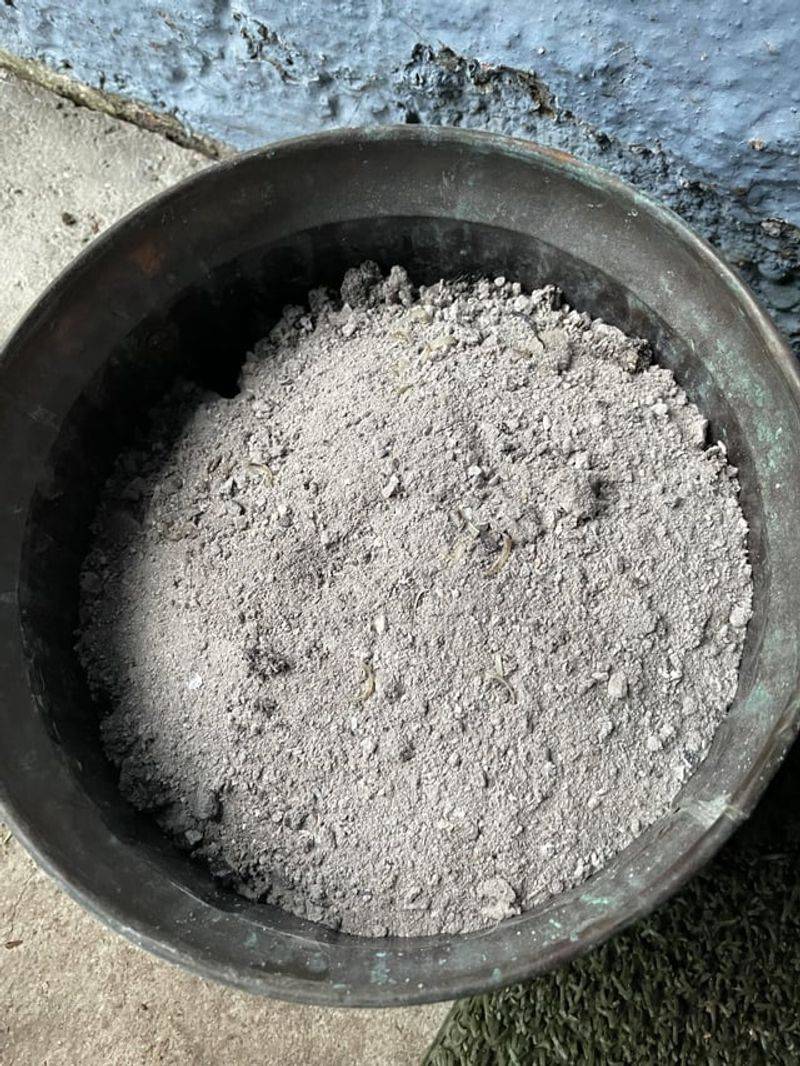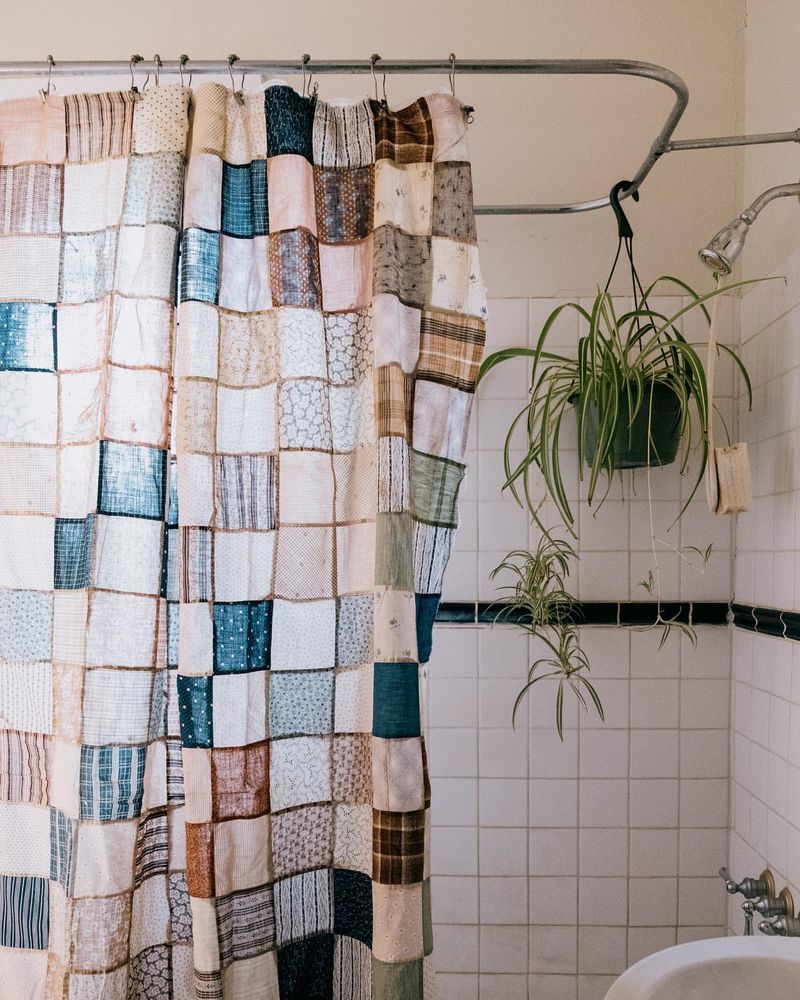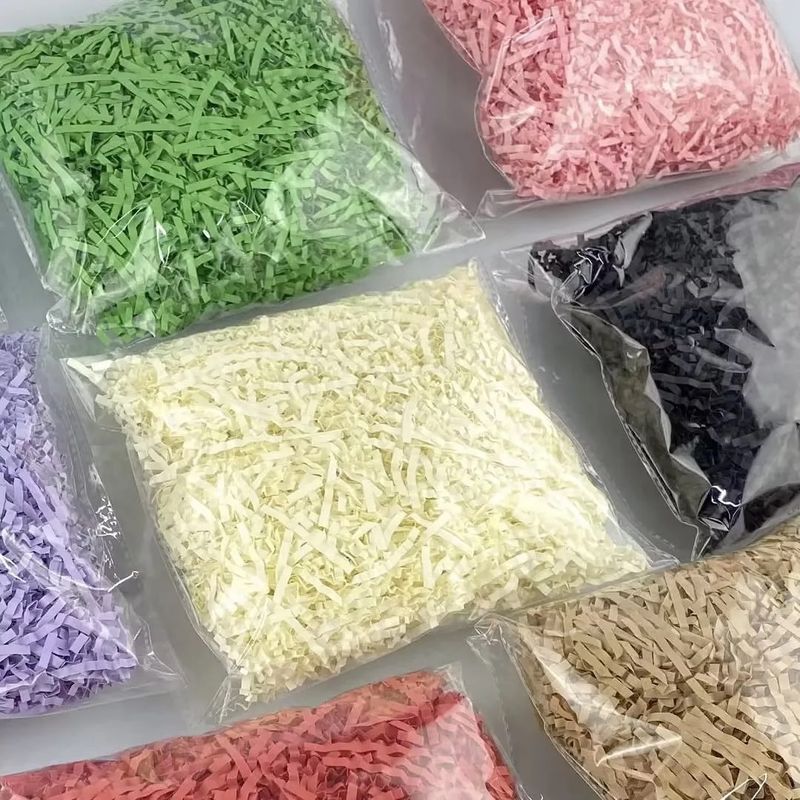Before you toss that old newspaper, coffee filter, or cardboard box—think again. Some of the best weed-fighting tools are hiding in your trash!
These 15 household throwaways can help you block weeds naturally, save money on supplies, and give your garden a head start—all without a single drop of chemical spray.
1. Coffee Grounds
Morning coffee lovers rejoice! Those used grounds create a natural weed barrier when scattered around plants. The grounds release nitrogen as they break down, feeding your garden plants while making soil less hospitable for weeds.
Simply dry your used grounds on a newspaper before sprinkling them in a thin layer around established plants. Many gardeners swear by this method, especially for acid-loving plants like blueberries and azaleas.
2. Newspaper Sheets
Yesterday’s news becomes today’s weed solution! Laying several sheets of newspaper directly on soil creates an effective biodegradable weed barrier that blocks sunlight from reaching weed seeds.
For best results, overlap newspaper edges by about 4 inches, wet thoroughly, and cover with mulch. The paper eventually breaks down, adding organic matter to your soil. Unlike plastic barriers, newspaper allows water and nutrients to pass through while stopping weeds.
3. Cardboard Boxes
Don’t recycle those delivery boxes just yet! Flattened cardboard serves as an excellent weed suppressor in garden pathways and around established plants. Heavy-duty cardboard creates a thick barrier that weeds struggle to penetrate.
Remove any tape or labels first, then lay cardboard flat, overlapping edges by 6 inches. Water thoroughly and cover with wood chips or mulch for a more attractive appearance. The cardboard gradually decomposes, improving soil structure while keeping weeds at bay.
4. Eggshells
Crushed eggshells create a sharp, uncomfortable surface that soft-bodied garden pests like slugs and snails avoid crossing. While not directly preventing weeds, they help protect your desired plants from damage, giving them a fighting chance against weed competition.
Rinse shells thoroughly, let dry completely, then crush into small, sharp pieces. Scatter around plant bases or along garden borders. As a bonus, eggshells slowly release calcium into the soil, strengthening plant cell walls for healthier growth.
5. Vinegar Spray
Plain white vinegar transforms into a powerful weed killer when sprayed directly on unwanted plants. The acetic acid burns weed foliage on contact, particularly effective on young weeds and during sunny days.
Fill a spray bottle with undiluted white vinegar and apply carefully to weeds, avoiding desirable plants. For stubborn weeds, add a tablespoon of dish soap to help the vinegar stick to leaves. Remember this is non-selective, killing any plant it contacts, so apply with precision.
6. Used Tea Bags
Tea time extends to garden time with spent tea bags! Buried around plants, they release tannic acid that can inhibit certain weed seeds from germinating while adding nutrients to the soil.
Simply bury used tea bags (paper ones, not nylon) about an inch deep near plant roots. The decomposing tea leaves add organic matter while the tannic acid works against weeds. Green tea bags seem especially effective at keeping weeds at bay while promoting healthy plant growth.
7. Old Carpet Scraps
Repurpose worn-out natural fiber carpet as a heavy-duty weed barrier in garden pathways. The dense material blocks sunlight completely, preventing weed growth for seasons to come.
Place carpet pieces upside down (fiber side against soil) and cover with mulch for a more attractive appearance. Avoid synthetic carpets that won’t break down and may leach chemicals. Wool or jute-backed carpets work best, gradually decomposing while suppressing weeds for years.
8. Citrus Peels
Breakfast orange peels pack a punch against garden weeds! The natural oils in citrus peels contain d-limonene, which suppresses weed growth and deters many garden pests.
Chop or blend peels into small pieces and scatter around plants or problem areas. The scent repels cats too, keeping them from using your garden as a litter box. As peels decompose, they add valuable nutrients to soil while their oils continue working against unwanted plants.
9. Boiling Water
Pasta water becomes weed poison! After cooking pasta or potatoes, that hot water becomes an instant weed killer when carefully poured directly onto weeds growing in sidewalk cracks or garden paths.
The scalding temperature instantly kills weed foliage and can penetrate to roots. Salt in pasta water adds extra weed-fighting power. Focus on isolated weeds in hardscape areas, as boiling water doesn’t discriminate between wanted and unwanted plants.
10. Plastic Milk Jugs
Empty milk jugs transform into targeted weed blockers when cut into collars. With both ends removed, these plastic rings create barriers around young plants, preventing weeds from growing immediately adjacent to stems.
Push the collars about an inch into the soil surrounding seedlings. The physical barrier blocks light from reaching weed seeds while allowing water to reach your plants. As a bonus, these collars deter cutworms that might otherwise damage young plant stems.
11. Wood Ash
Fireplace cleanup yields garden gold! Wood ash from untreated wood raises soil pH, making conditions less favorable for many acid-loving weeds like sorrel and moss.
Sprinkle a thin layer around garden beds or work small amounts into soil. The potassium and calcium in wood ash benefits many vegetables while deterring certain weeds. Be cautious around acid-loving plants like blueberries or azaleas, as the alkalinity could harm them.
12. Old Shower Curtains
Worn-out shower curtains find new purpose as garden weed barriers! Cut into appropriate sizes, these waterproof sheets create effective barriers under mulch or between garden rows.
Poke drainage holes every few inches to allow water penetration. The durable plastic prevents weed seeds from reaching soil while conserving moisture. Unlike commercial weed fabric, repurposed curtains cost nothing and keep plastic out of landfills.
13. Shredded Paper
Office paper shreddings create an effective biodegradable mulch that smothers weeds while improving soil. The light-colored paper reflects sunlight, preventing weed germination underneath.
Apply a 2-inch layer around established plants, avoiding direct contact with stems. Moisten thoroughly after application to prevent blowing away. As paper breaks down, it adds carbon to soil, improving structure. Avoid glossy magazine paper which may contain heavy metals in inks.
14. Cornmeal
Expired cornmeal works as a natural pre-emergent herbicide, preventing weed seeds from sprouting while allowing established plants to thrive. The natural compounds in cornmeal inhibit root development in germinating seeds.
Sprinkle a thin layer over garden beds in early spring before weed seeds germinate. Water lightly afterward to activate. Regular cornmeal from your pantry works fine, though garden centers sell specialized corn gluten meal for this purpose.
15. Leftover Beer
Flat beer becomes garden helper! Pour stale beer directly onto persistent weeds to help break down their waxy protective coatings, making them more vulnerable to the sun and other weed-fighting methods.
The fermented sugars and acidic nature of beer weakens weed structures. Apply on sunny days for best results, as the sun intensifies the effect. While not as powerful as commercial herbicides, beer helps weaken stubborn weeds naturally without harmful chemicals.

